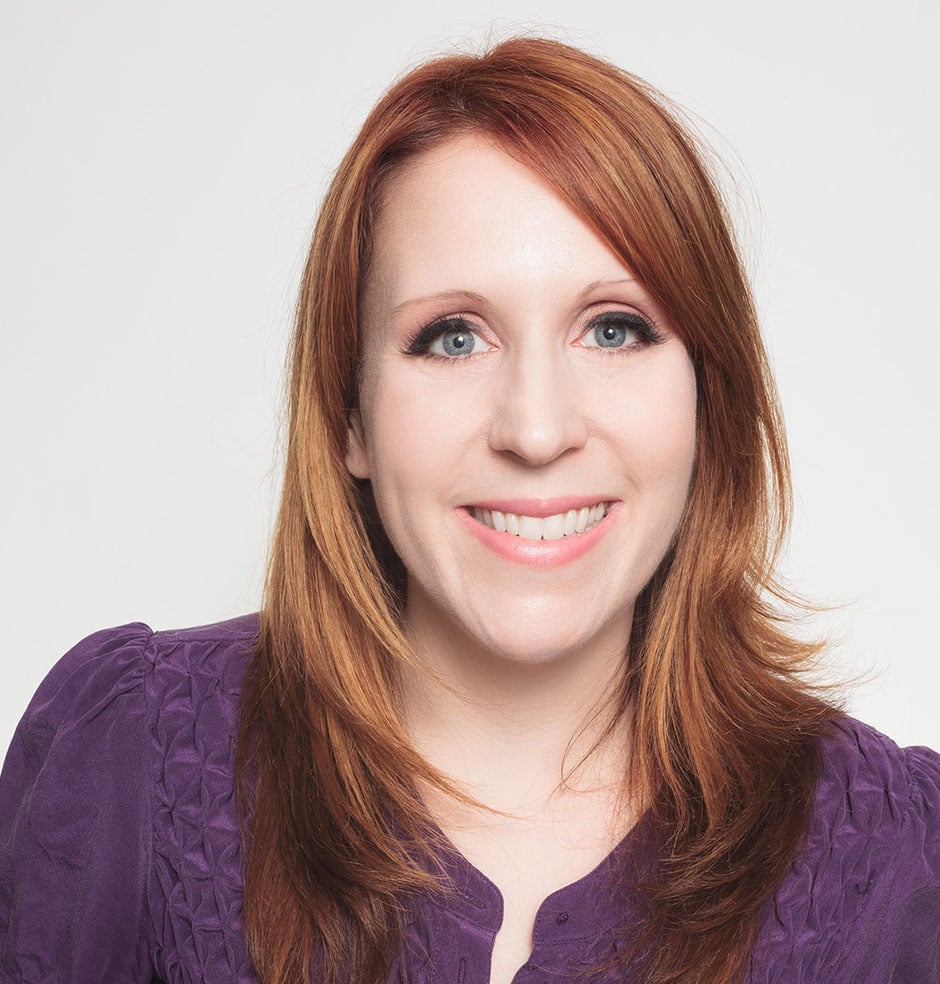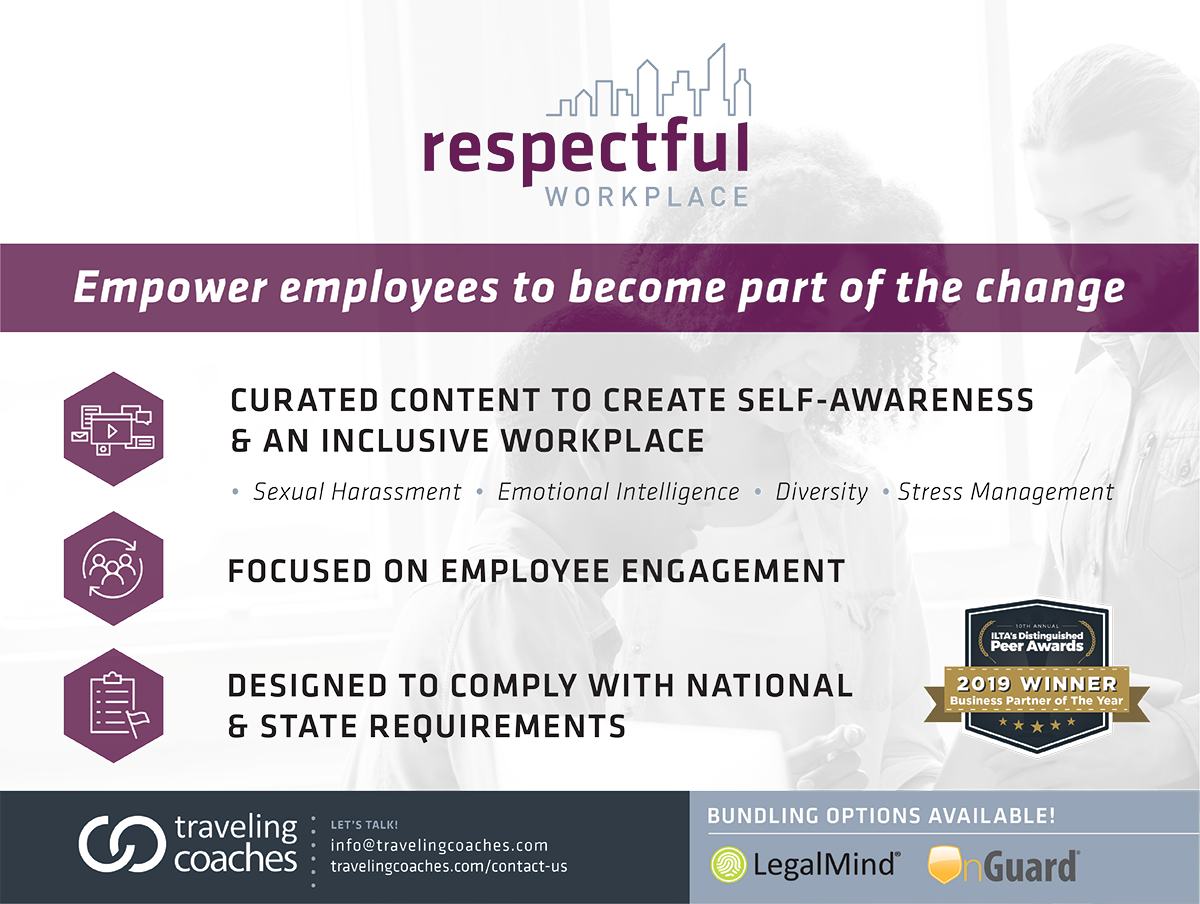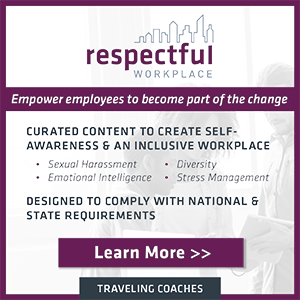Although the numbers have continued to rise incrementally since, in 2018, 38,392 first-year students started law school, which is still fewer than a decade ago.
In addition to a reduced overall interest in joining the field — which some industry members attribute to concerns that the post-Recession job market is oversaturated, while others say may be due to tuition costs — the number of minority students who have been admitted to law schools has also fluctuated over the years.
Between 2016 and 2017, admission rates declined across nearly all racial and ethnic categories, according to data from research provider AccessLex Institute.
Earlier decreases also occurred. With the exception of 2004, Law School Admission Council research found the number of Black/African American students who were admitted declined between 2002 and 2005. Fewer students of Asian/Pacific Islander descent were admitted to law schools in 2005 and 2006 than in prior years, and a decreased number of Mexican American law school applicants were accepted each year between 2001 and 2005.
GUIDING THE NEXT GENERATION
As a result of recent declines, there’s currently an emphasis on increasing diversity within the profession, according to Chris Batz, Owner and Recruiting Manager at the Lion Group LLC legal recruiting firm.
“Six years ago, there definitely was a concern and a real drop in enrollment in law schools,” Batz says. “It’s behooves the law schools to [recruit more industry members]. They’re hearing from firms, ‘We need more women, more diversity and multicultural JDs coming from law school.’”
Declining diversity in the industry inspired Morris, Manning & Martin, LLP, Partner Clyde E. Mize Jr., who’d participated in an academic prep program from 7th to 12th grade, to create an initiative at his AmLaw 200 firm — with buy-in from leadership, other attorneys and staff members — that he hopes will interest students in a legal career.
Connecting with other industry members can also help potential law school students understand some of the emotional- and identity-related career challenges they may face.
The two-week program, which accepts roughly a dozen or so Atlanta high school students a year, includes writing assignments, opportunities to get participants comfortable with public speaking, a mock trial, and exposure to people from outside and within the firm. They speak about topics ranging from tax law to the business of running a law firm.
“I feel it’s my responsibility; people opened doors for me,” Mize says. “Fast-forward to 2004-2005, the numbers for minority students going into law school were on a downward trajectory. People weren’t applying or being accepted. My idea was to capture people as early as we can — don’t wait until someone is in college.”
To date, several program participants have entered law school, including one who summered last year with Mize’s firm.
“My goal is to [eventually hire] as many of them as we can,” Mize says. “What better way to fill the pipeline than with people who already have been in your office [and] have a proven track record?”
ASSISTING WITH ASSIMILATION
While a number of programs are intended to support talent pipeline efforts — AccessLex identified 274 that have been designed to help college students or grads matriculate into law school and the legal profession — filling future recruiting needs at Munger, Tolles & Olson LLP hasn’t necessarily been a goal for the 200-attorney firm’s MTO Fellows Program, according to Partner and Program Co-Chair Anjan Choudhury.
“Much to the chagrin of folks in the firm, I advise fellows to go elsewhere when they have summer internships because we want them to see other places,” Choudhury says. “That is invaluable when it comes to thinking about diversity critically, rather than just counting bodies.”
While Munger Tolles had previously offered a few college graduates each year a chance to work in a litigation clerk-type capacity, the firm decided to restructure its program about six years ago to include 25 to 40 diverse law school applicants.
Although heavy workloads and billable hour goals can make finding the time to set up and maintain a firm-sponsored outreach program challenging, a number of organizations encourage individual staff members or groups to autonomously foster interest in the industry.
Over the course of 10 months, program participants now attend workshops, hear attorneys and clients speak, and take a firm-sponsored course to help them prepare for the LSAT.
“We know it’s important to business and performance and to be able to be competitive, but we wanted to be doing something to increase [the scope],” says Partner and MTO Fellows Program Co-Chair Misty Sanford. “We thought it made sense to have a broader impact.”
The firm has found its program helps supply participants with contacts who can offer support and advice.
“Feeling isolated or not really fitting in absolutely affects performance,” Sanford says. “As they disperse across the country to law schools, [they] have that network to tap back into if they’re feeling isolated or not sure what their next step will be.”
Connecting with other industry members can also help potential law school students understand some of the emotional- and identity-related career challenges they may face.
“We bring in clients and other attorneys to cover not just applying, but how to succeed in law school and as a lawyer,” Choudhury says. “And issues like impostor syndrome are frankly at the core of a lot of discussions. We try to address that up front so they’re prepared for those feelings, which are very common when diverse attorneys go to law school and into the profession.”
UNEARTHING FUTURE ATTORNEYS
Because students with the highest grades and scores are often the most likely to be selected for internships, Munger Tolles expanded the qualifications it was looking for in candidates, according to Choudhury.
“Our program focuses on trying to look at someone who may not have the highest GPA,” he says. “They may have great reasons why — maybe they had to work full-time while in school. We reached deeper into the pipeline and found amazing folks.”
Mize’s firm has found contacting school counselors and asking former participants to spread the word — to groups such as friends or their church network — can help it locate younger candidates that a law school or other traditional recruiting resource wouldn’t be able to reach.
Firms could … try to pique the younger generation’s interest in the industry — and their workplace — by establishing a brand known for offering unique forms of training, for example.
“Career day participation is a great way to expose students to what we do and who we are. Every community has an elementary or high school holding [one],” Mize says. “We don’t just send lawyers; we send paralegals and other professional folks, as well.”
Mize’s firm, MMM, also invites potential program participants to receptions it sponsors, which he says helps students see that lawyers who share a similar background exist.
“In addition to going to schools, we open our doors to let people come in,” he says. “Host a workshop or an open house of some kind, where you provide students with something they can take away with them.”
OTHER PROGRAM BENEFITS
Although heavy workloads and billable hour goals can make finding the time to set up and maintain a firm-sponsored outreach program challenging, a number of organizations encourage individual staff members or groups to autonomously foster interest in the industry, according to Batz.
“In a way, it gives a morale boost, out of [showing] respect for the industry and profession,” he says. “One general counsel [I’ve worked with] personally takes time to talk to interested individuals; another legal executive supports individual attorney actions, like mentoring students through a local bar association or high school.”
Firms could, Batz says, try to pique the younger generation’s interest in the industry — and their workplace — by establishing a brand known for offering unique forms of training, for example.
“A couple of the largest law firms are starting to become consumer-like brands with name power like EY, PwC or KPMG,” he says. “There will be others, trying to one-up the game with the competition in the minds of candidates and students, who may start working earlier [than usual as a result] at a law firm as an intern or summer associate.”
With more women, minority and LGBTQ decision-makers now determining how their organization will outsource work, firms could potentially also experience a subtle business boost because of their ongoing efforts to nurture interest in the legal industry, Mize says — even if that isn’t the program’s intent.
“When [companies] are looking to retain law firms, they want to make sure we understand the impact of diversity and inclusion,” he says. “There will continue to be a need for outreach as long as there are young people; it’s the same reason you have Boy Scouts and Girl Scouts and T-ball — because you’re trying to help them be good citizens and contribute to society. If we work on bringing students into our space, imagine how the community will be impacted.”


